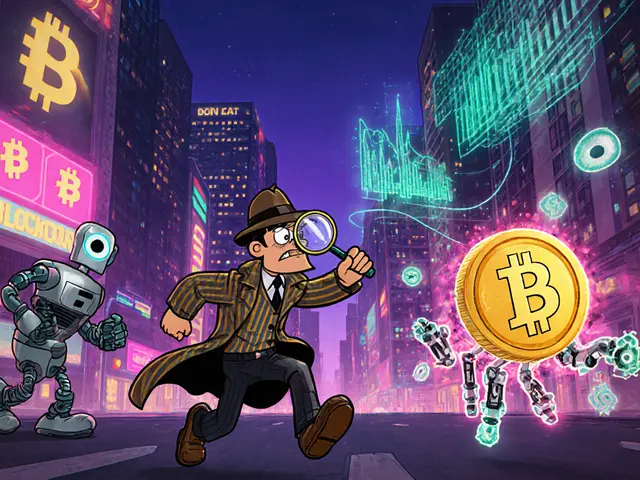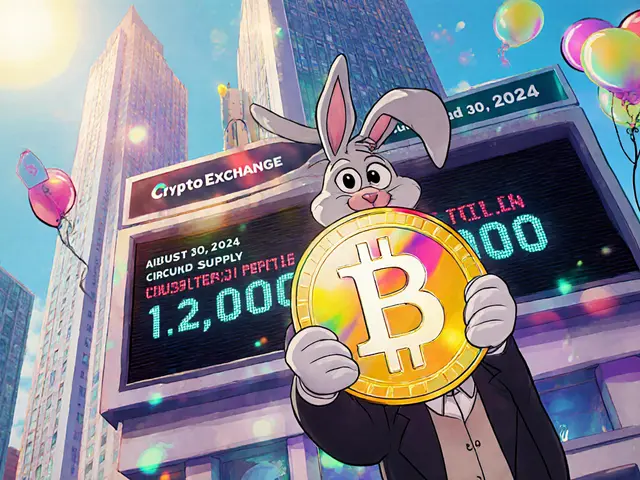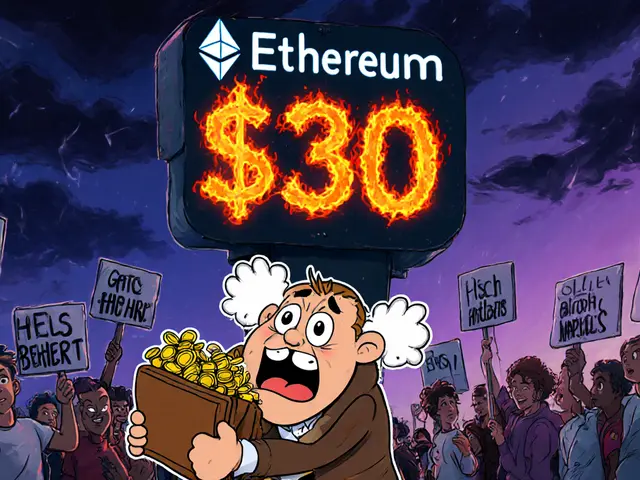ERC-20 Token: What It Is, How It Works, and Why It Matters in Crypto
When you hold a crypto token like ERC-20 token, a standardized digital asset built on the Ethereum blockchain that follows a set of technical rules. Also known as Ethereum token, it enables apps and platforms to issue their own coins without building a new blockchain from scratch. Almost every token you’ve heard of — from AAVE to SLRS to XERS — is an ERC-20 token. That’s because Ethereum gave developers a simple blueprint to create tokens that work everywhere: wallets, exchanges, DeFi apps. No more reinventing the wheel. Just plug in, deploy, and start using.
What makes ERC-20 so powerful isn’t just the tech — it’s the ecosystem it unlocked. Smart contract, self-executing code on Ethereum that automatically handles token transfers and rules like supply limits or staking rewards is the engine behind every ERC-20 token. These contracts are public, auditable, and immutable. That’s why you can check a token’s total supply, see who owns what, and even track every transaction — no middleman needed. And when DeFi, a system of financial services built on blockchain without banks or brokers exploded, ERC-20 tokens became the fuel. Lending, borrowing, trading, staking — all of it runs on these tokens. If a project wants to be taken seriously in crypto, it usually starts with an ERC-20 token.
But not all ERC-20 tokens are created equal. Some, like Aave’s AAVE, have real use cases, deep liquidity, and active development. Others, like XERS or SLRS, are low-volume, unverified, and risky — often just speculative bets with no real utility. That’s why knowing the difference matters. The ERC-20 standard doesn’t guarantee value — it just makes it easy to move. The real question is: what’s behind the token? Is it backed by a working product? A team? Or just hype?
Looking at the posts below, you’ll see a mix of real analysis and red flags. Some articles break down how ERC-20 tokens power DeFi protocols like Aave and Flux Protocol. Others warn you about tokens with no trading volume, no updates, or fake teams. You’ll also find guides on airdrops — many of which distribute ERC-20 tokens as rewards. Whether you’re trying to understand why your wallet shows 12 different tokens, or you’re evaluating a new project before investing, this collection gives you the tools to cut through the noise. No fluff. Just what you need to know about the tokens you’re holding — or should avoid.







Categories